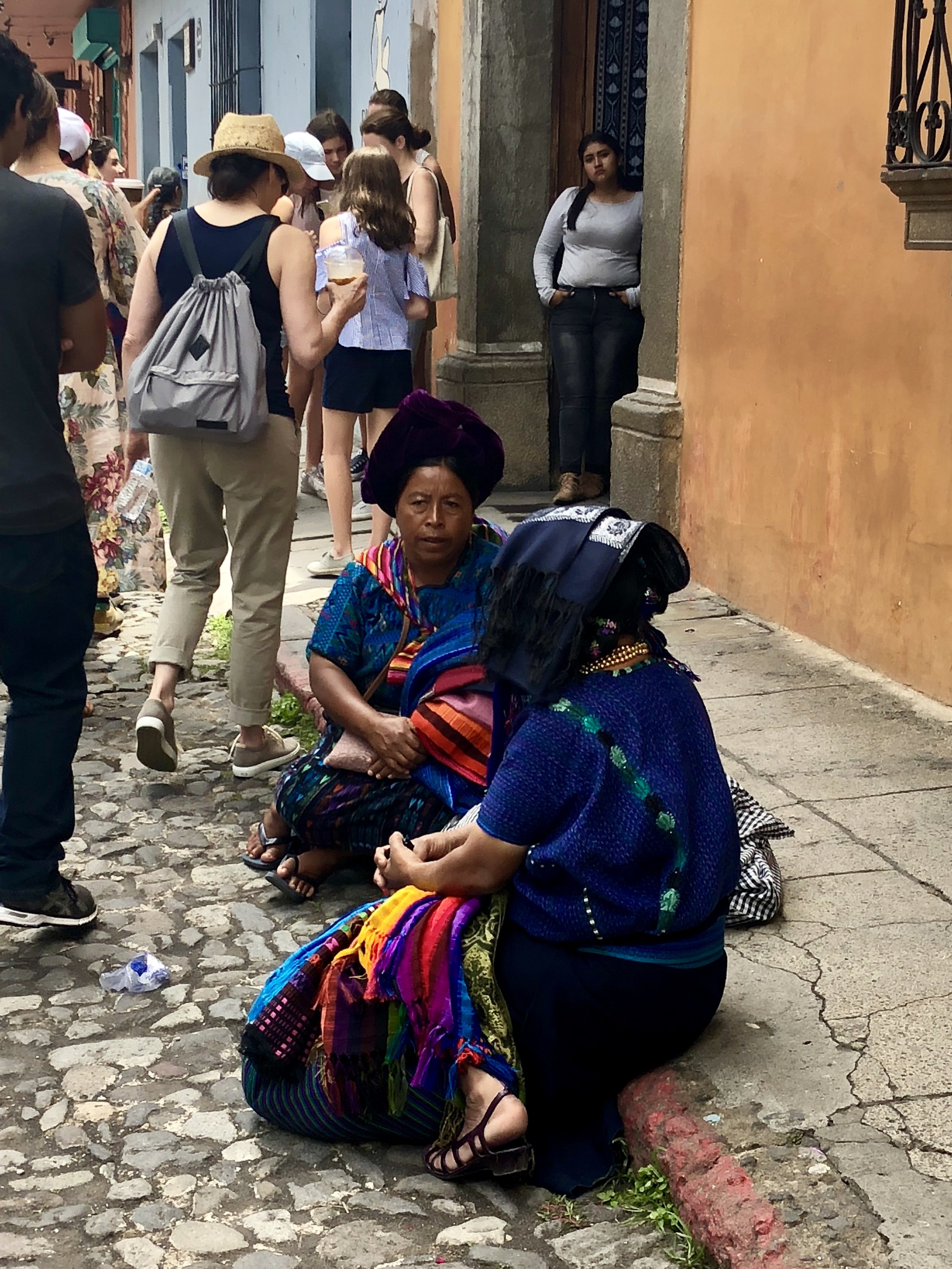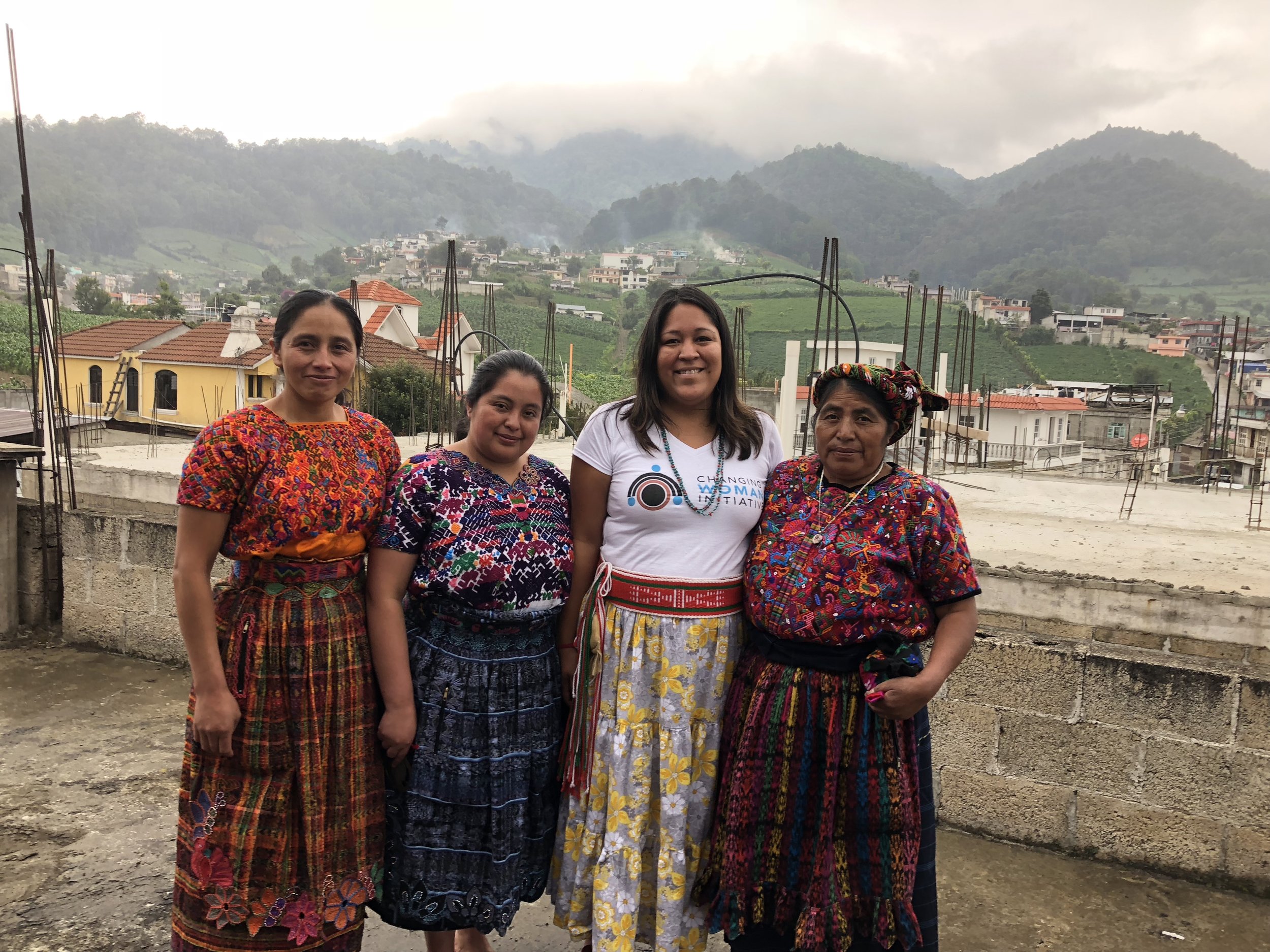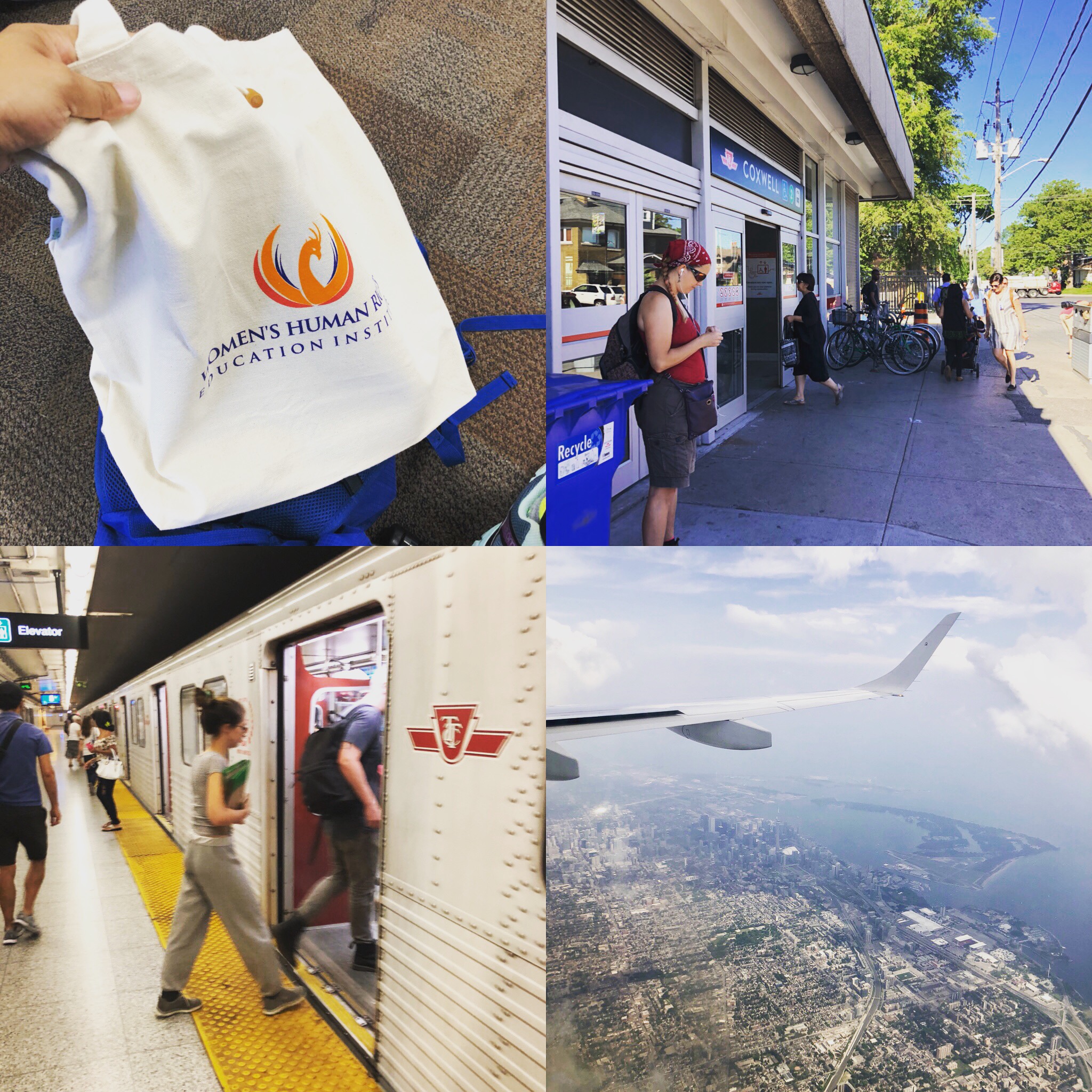Indigenous Midwifery: Stories From the Road
Having the opportunity to explore indigenous midwifery in other areas of the globe has been one of the biggest eye-opening experiences of my life. Over the summer, I had the opportunity to travel to Guatemala, Toronto, and Washington to spend time with indigenous midwives from those areas. While visiting these locations, it was clear to see how colonization from white and Spanish settlers have impacted and continues to impact indigenous midwives’ ability to serve their communities in a traditional sense. The politics around one’s ability to practice indigenous midwifery in a sovereign way has been directly impacted by the complex relationship indigenous communities have with their governments. This is true in all of the places I have visited over the years and remains true for the 3 places visited over the summer. To add another layer of discussion, there are real conversations happening in the U.S. between Indigenous midwives- what is medical midwifery and what is traditional midwifery?
As a visitor to these communities, I wanted to know what the differences and similarities were from what we are experiencing here in the U.S., around access and regulation of indigenous midwifery. I also wanted to see how each community was working through the challenges their settler colonial states were posing to them. With the word “safety” often used to enforce regulation and licensing, I wanted to see how indigenous midwives in these locations were navigating systems set in place without their input. What angle of the resistance were they working to get the needs of their communities met? I left my home in San Ildefonso Pueblo one early morning in June with all of these questions looming in my mind and jumped on a plane to Guatemala City.
Indigenous Midwifery: Guatemala
Stepping off the plane in Guatemala City, my eyes were immediately drawn to the array people of different shades of brown speedily walking past me to get through customs. When I first told my relatives and immediate family I would be traveling to Guatemala to visit with Indigenous midwives, their fears on our safety was the first thing that came out of their mouths. With their whispers of fear tucked away somewhere in my mind, I asked my 14-year-old son traveling with me to stay close, as we proceeded to walk through customs.
Up to this point, my only knowledge of Guatemala had been very minimal and fed only through the lens of the media and movies that told a story of war, drugs, and poverty. I was also aware that I was a Native woman traveling alone with my son, my respect for the territories we would be traveling through grew from the knowledge that we were visitors.
As we traveled from one community to the next, our guide educated us on the history and culture of his homelands. Guatemala is home to 23 different Indigenous Mayan tribes, like New Mexico, it was colonized by the Spaniards and the primary language they speak is Spanish. If you listen closely enough you can hear people talking to each other in Spanish and then switching to one of their native dialects mid-sentence. Like indigenous communities here in the United States, clothing, shoes, and hairstyles represent indigenous regions and tribal affiliations.
As a Navajo midwife traveling to another indigenous community, my mind was already making comparisons in our cultures and my ears perked up listening to the history of colonization, resilience, power dynamics, women’s rights and the role indigenous midwives played in their communities. In the United States, Indigenous midwifery is slowly being revived after 50 years of colonization through the medicalization of birth. In Guatemala, where indigenous people are the majority, internal colonization and North American collusion dominate power shifts, in many ways this mimicked the struggles we as Americans Indians face in the U.S., as we are the minority and the predominantly white culture has power.
It is clear to see how these dynamics play out in the United States where midwifery is highly regulated, discriminatory, and there is a real debate around who is practicing medical midwifery vs. traditional midwifery. These very ideas are what has divided the progress of indigenous midwifery in the United States and it was about to be challenged by our meetings with the “comadronas” of ACAM-Association of Midwives of the Mam Speaking Area.
After traveling 3 hrs. on narrow winding roads weaving through the sometimes-mountainous country side, we finally made it to the birth center of ACAM. The ACAM Midwifery and Birth Center is the only medical facility owned and operated by in Indigenous midwives in Guatemala. Soon after we stepped of the bus, we were greeted with hugs, kisses, and herb tea the comadronas had prepared for us.
Following introductions, we were lead up to the roof of the birth center where they grew their own herbs. Details of the herbs purposes were explained in Spanish, our interrupter pointed to the plants explaining how one treated diabetes if dried and made into a tea and another one was used in their postpartum sweat lodge or “chuj” in their Mayan language.
As our guides took us to other parts of the birth center, I was surprised to see a room with shelves of pharmaceuticals and an ultrasound machine, as well as a room full of dried herbs. Six of the comadronas were trained to do early dating and growth ultrasounds. This in itself blew my mind, they were not only using their own traditional medicines and teachings to care for women, but they were integrating aspects of western medicine too. Knowing this was a source of contention in the United States, they were just pulling aspects of training and skill to serve their communities, on their terms.
To my knowledge, over 2,500 women have been served since 2016 and over 50 comadronas have received training and support through ACAM. The comadronas also run a mobile clinic where they go to communities further away to provide prenatal and women’s health care. To date there has not been a single maternal death in the history of the birth center.
This one encounter has solidified my own thoughts on how Indigenous midwives are not being used to their fullest potential in the United States to address maternal and infant health in and around reservations. Indigenous midwives are protectors and right now in the United States, our collective rights are not being honored or represented on a national level. There is mounting research and evidence that providing prenatal care and birth services that is indigenous-led from an indigenous space-does in fact prevent maternal and infant death.
CEDAW for Change: Convention on the Elimination of Discrimination Against Women, Toronto
Over the years, traveling to Canada has become a yearly pilgrimage. Visiting with Aboriginal midwives, long-time friends, and while spending our evenings debating/comparing the rights we have as midwives working in these transformation zones between the settler colonial states and our sovereign nations. Asking ourselves, how do we assert our sovereign rights as Indigenous midwives, when the rights of indigenous women are not even acknowledged yet?
Several years ago, the CEDAW document on the recommendations on the collective rights of indigenous women, was brought to my attention by a dear friend. The document was developed by indigenous women leaders and organizations from around the world, who were hosted in Mexico in 2014. The document was created to urge the CEDAW committee “to urge State parties to acknowledge that the subordination of indigenous women due to ethno-cultural, gender, and class mechanisms of oppression rooted in colonization process and systematic, structured relations of inequality.It affirmed that the individual and collective rights of indigenous women have been denied and invisibilized and that the various forms of violence perpetrated against indigenous women are rooted in historically constructed relations of inequality and have generated violence, marginalization and exclusion.”(CEDAW Recommendations on the Rights of Indigenous Women.
This document peaked my interest, more importantly it outlined key areas of oppression rooted in colonization that structured relations of inequality. The week-long training opened my eyes to the possibilities in which we as Indigenous women can use the United Nations and CEDAW Committee to elevate our voices and issues. It also became clear that, even though patriarchy has been woven into the fabric of our traditions as Indigenous peoples, it is the settler colonial relationship we have where this transformation of change needs to happen.
Listening to attendees from Sudan, Africa, India, and Mexico talk about the limited rights women have to their own bodies and futures in their countries, solidified the need for these recommendations on the rights of women. Reading through the CEDAW Indigenous women’s rights document, you will see that it touches on food sovereignty, right to reproductive healthcare, education, politics, land, and cultural identity. It was also made clear that laws and policies can be discriminatory under the disguise of “safety” and under the assumption we are all equal, when we are not.
I left Toronto with more questions than answers. But I had a better understanding of how the CEDAW Committee works and what work is being done internationally in support of the rights of all women.
Salish Seas Indigenous Birthkeepers Gathering: Washington
Every year I look forward to spending time and meeting Indigenous midwives, doula’s, and aspiring birth workers from around the nations. I have also come to find that these gatherings are transformative for many. Meeting another, like yourself, with the intention of serving community from an indigenous lens, well it’s overwhelming and emotional. Having gone to my fair share of midwifery conferences over the years, you’re not likely to run into these women there.
I am always struck by the vast knowledge communities like this hold and share. Womb massage, songs, stories, plant medicines, and in whole wisdom of their ancestors. Like any healing circle though, stories of hardship, healing, and trauma come through too. For anyone who travels and has the honor of being in these spaces, the evolution of healing is happening. As women are the guardians of life and death, I see them as bringing about healing, through the healing that is happening in themselves.
Returning Home
After being on the road for 5 weeks, I returned home to New Mexico to start my next adventure. Visiting these places has provided me with more insight into the possibilities that is our future. I firmly believe that the power to shift the tides remains in the hands and hearts of women, if only they could be reminded of that ability. In all the places, I have visited it’s the ability to come together to push for change that has been successful.










